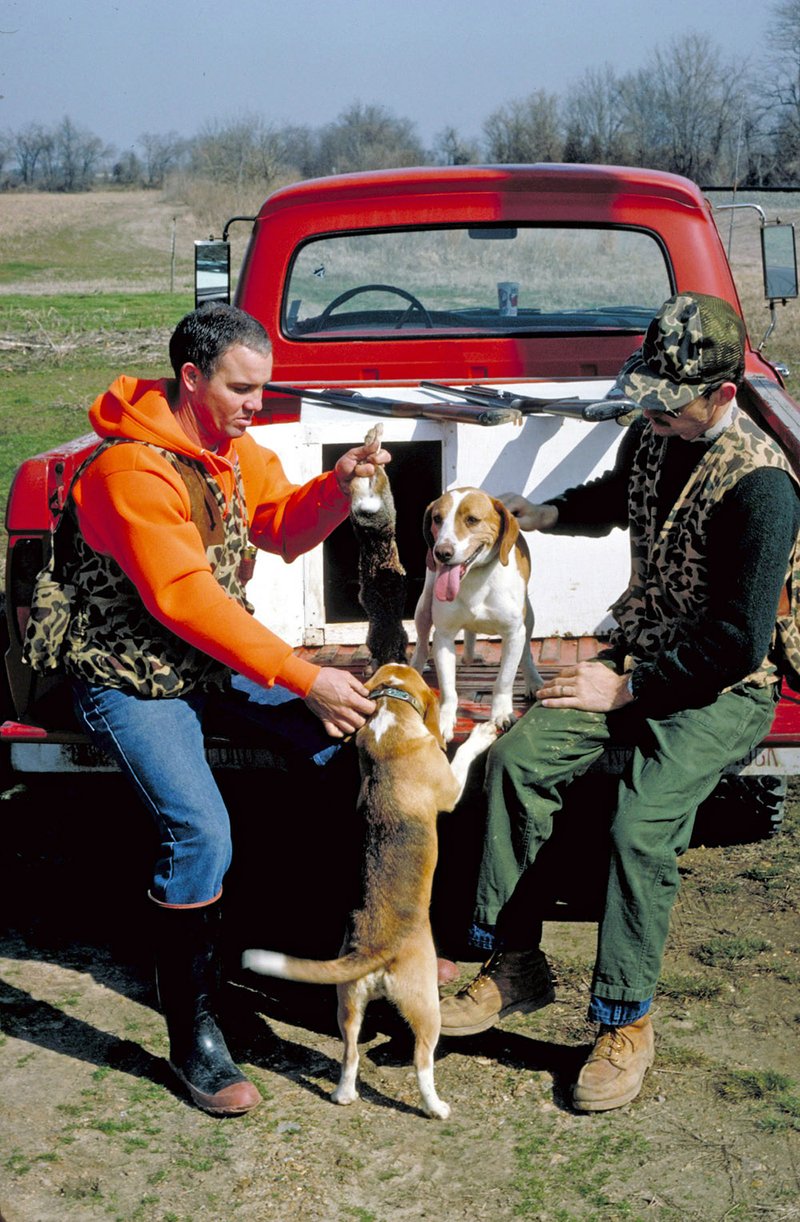Earlier this year, the American Kennel Club, or AKC, released its list of the 10 Most Popular Dogs in America for 2014. The lowly little beagle, a dog I dearly love, was in fifth place.
That might not seem so significant until you consider this fact. There has never been a time since the AKC’s inception in 1884 that the beagle was not one of the most popular breeds in this country. In fact, from 1953 through 1959 the little hound with the big ears was number one on the list of America’s most popular dogs.
The first hunting dog I owned was a registered beagle given to me by an uncle for my 15th birthday. I dubbed the black, white and tan pup “Judo” and followed him many days through briar patches and overgrown fields in search of cottontails. He was a natural-born hunter. Despite the fact that he never ran with another dog, he chased rabbits like a champ until the end of his days. He was the most dearly loved of many dogs I have owned, a fact that instilled in me an intense interest in the history of the breed.
The AKC notes that “the actual origin of the beagle seems to be obscure with no reliable documentation on the earliest days of development.” It is believed, however, that the breed’s roots may extend back as far as the Crusades in the Middle Ages when beagle-type dogs were used for hunting. We also know that beagle-like dogs were used in Europe during the reign of Elizabeth I (1558-1603) and sometimes were carried to hunting sites in baskets attached to the saddles of horses.
Beagles were imported to America in 1876, and the following year, wealthy sportsmen who liked hunting with these dogs formed the National Beagle Club to hold field trials and bench shows. Shortly thereafter, American breeders began developing beagles well suited for hunting North America’s rabbits and hares.
Today’s beagle owners sometimes use their dogs for chasing deer, but most beagles are trained specifically for rousting long-legged rabbits out of the dense cover where they usually hide. The cottontails and swamp rabbits hunted here in Arkansas have a small home range and won’t leave it even when pursued by beagles. So, when flushed from cover, a rabbit bounds away, leaving the dogs behind. Then somewhere out yonder, usually not more than a couple hundred yards, Br’er Rabbit begins circling back to the spot where he initially hopped out.
The hunters follow the chase by listening to the baying of the dogs. That’s another big thrill of this fast-paced sport. The hurly-burly of a pack of beagles running a rabbit is heavenly music to hunters’ ears.
Before long, the chase turns back the hunter’s way. With luck, he’ll soon see the rabbit. Then, when the time is right, the shotgun is shouldered, the hunter aims, and another rabbit is added to the game bag.
Usually.
Sometimes the chase is so enthralling, the hunter doesn’t want it to end. During these times, the gun remains cradled in the bend of an arm while the hunter just enjoys the magical sights and sounds produced by his hunting dogs.
Most hunters use packs of beagles consisting of three to six dogs. Where large swaths of good rabbit habitat are available, though, and when a large group of family and friends have gathered for a hunt, as many as 12 to 20 beagles may be released to hunt all at once. The clamor a pack of this size makes when the little dogs get on a hot
trail is incredible.
Hunters know its important to keep beagles on leads until the hunt begins, because instinct tells the dogs to follow their nose, no matter where you’d rather have them go. The little dogs do lots of things that make their owners laugh, but they can be challenging to train, too. The AKC says, “They do have a naughty streak and can be difficult even for the most experienced of dog people. Beagles are at best temporarily obedient due to their independent nature, which is common among most hounds.”
The beagle’s strong suits far outweigh any faults, however. They behave very well around children and other pets, and tend to be happy, friendly and curious. They also are easy to care for, although it’s important to let them run around often to let off steam.
Considering these things, it’s not surprising that beagles have long been among the most popular dog breeds in America and remain so today. Not only are these little hounds excellent hunting dogs and loyal companions, they are also happy-go-lucky, funny and — thanks to their pleading expression and long floppy ears — cute. Many who bring beagles into their homes soon learn why few canines are better suited for the title “man’s best friend.”
